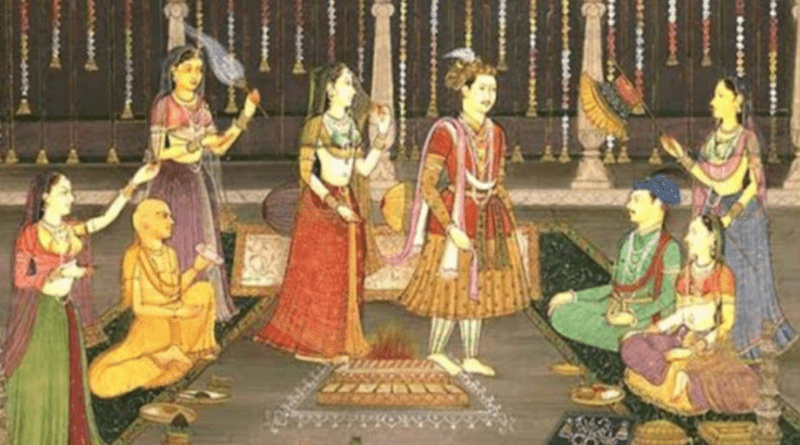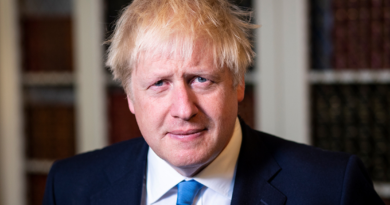The Ancient India’s Marriage And Cohabitation: Know It All Now.
What our literary works, from the Mahabharata to the Arthashastra, can teach us about how ancient Indian society viewed all types of unions.
The proposed laws In Uttarakhand regarding the registration of cohabiting couples have brought attention to the practice of live-in relationships. The purpose of this essay is not to assess the merits or demerits of this legislation.
Rather, I explore what our literary sources can teach us about the attitudes that ancient Indian culture had toward various types of marriage.In the Sanskrit Mahabharata, Pandu informs Kunti that women were not restricted to their houses until relatively recently, meaning that it was not long before their own time; prior to that, they were free to follow their own desires and were not dependent on husbands or other family members.
Open weddings were commonplace back then. Due to the social validity of this habit, married women who had companions other than their husbands were not viewed negatively (Adi Parva, chapter 122). If this occurred, husbands were not meant to act enviously. Wives would occasionally go for a while with another partner, but they would almost always return.
Pandu said that it was all because of a boy called Shvetaketu.The youngster complained to his father, horrified that he had watched his mother leave with a strange man in tow, but his father told him it was just the way things were done.
Refusing to be placated, Shvetaketu tried his hardest as an adult to impose an asymmetric social reform that mandated married women’s monogamy while placing no restrictions on married males.
Pandu continues by saying that in some regions, such as Uttar Kuru, open marriages were usual even in their day. Remarkably, several academics—including Harvard professor Michael Witzel—associate Uttar Kuru with contemporary Uttrakhand.
Of course, it is up for debate whether or not open weddings are common in certain parts of the world. For example, a reading of the Ramayana would imply that Ayodhya weddings were unquestionably traditional.
Nonetheless, open unions were prevalent enough to allow for arrangements for offspring that might arise from extramarital affairs. The woman had to first determine who the child’s father was—her spouse or another romantic partner.
After that, raising the child would fall to the purported father. For example, Tara, the wife of the deva Brihaspati, went to live with Chandra for a while. She was expecting when she came back.However, if the mother asserted that the child belonged to her husband, he was accountable for it.
This is demonstrated in a tale from the Mahabharata (Adi Parva, chapter 5) concerning Bhrigu, one of our greatest sages, and Puloma, his wife. One of Bhrigu’s wives, Puloma, came home after leaving with a lover—a man she had been engaged to prior to her union with Bhrigu.
But since Bhrigu was the child’s biological father, he looked after her.There is also an incredible diversity of marriages in the Mahabharata. In certain “contract” marriages, one partner forfeited any future parental rights.
This was the situation with Arjuna’s union with the Manipur princess Chitrangada.Despite the fact that this was a love marriage, Arjuna’s father, the Manipur king, only gave his consent to the marriage on the condition that Arjuna give up any rights to any children he might have with Chitrangada (Adi Parva, chapter 217).
As a result, their son Babhruvahana was not requested to participate in the Kurukshetra War and instead assumed the position of crown prince of Manipur, the kingdom of his mother.
The Pandavas, on the other hand, asked every other son they had to enlist in the military. (This included sons who had only spent a very brief period of time with their mothers.)The narrative of Madhavi (Udyog Parva, chapters 114–117) is a powerful illustration of a situation in which the mother forfeited rights to her future offspring.
Madhavi, a poor princess of the Chandravanshi dynasty, assists Galav, a student, in obtaining eight hundred white horses with black ears for his instructor Vishwamitra to use as guru dakshina.
She successively enters “contract” marriages with three kings during this procedure. The conditions of the agreement were the same each time.
The king would host Madhavi until she gave birth to a son. But then she would go without claiming the child.
The king would offer two hundred unique white horses with black ears as a shulka (bride price) in exchange for consenting to this kind of marriage.




